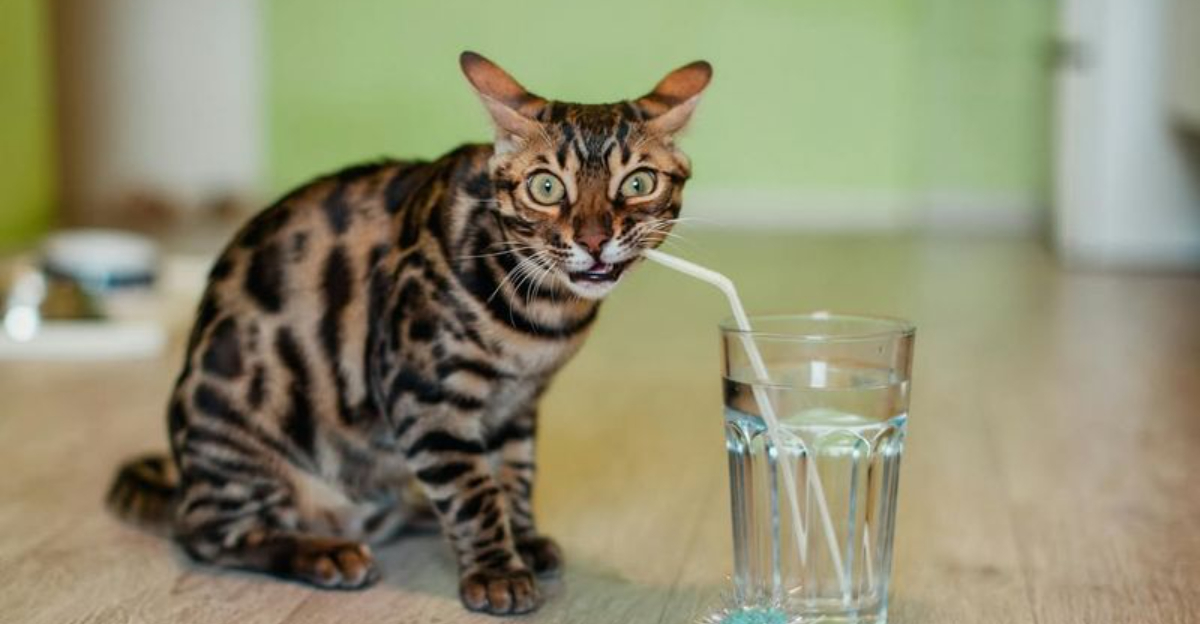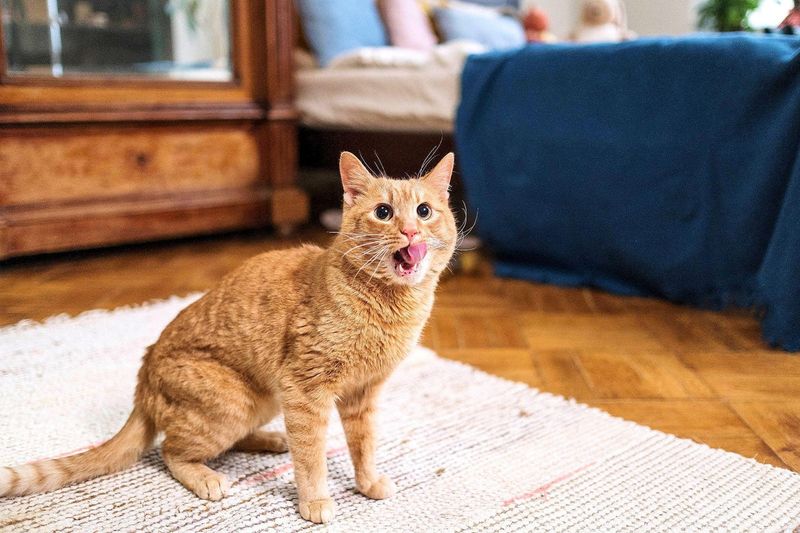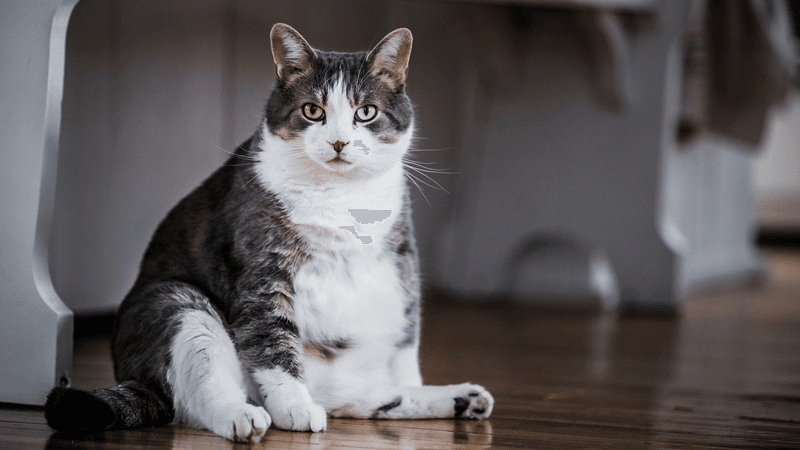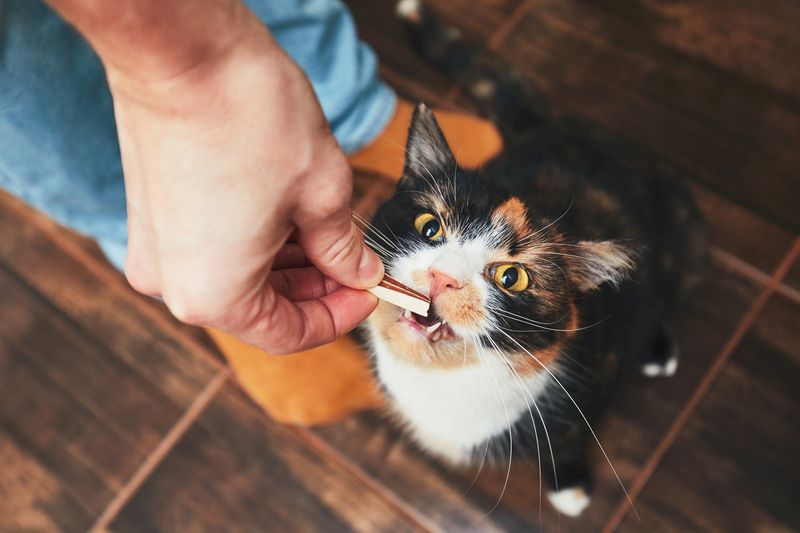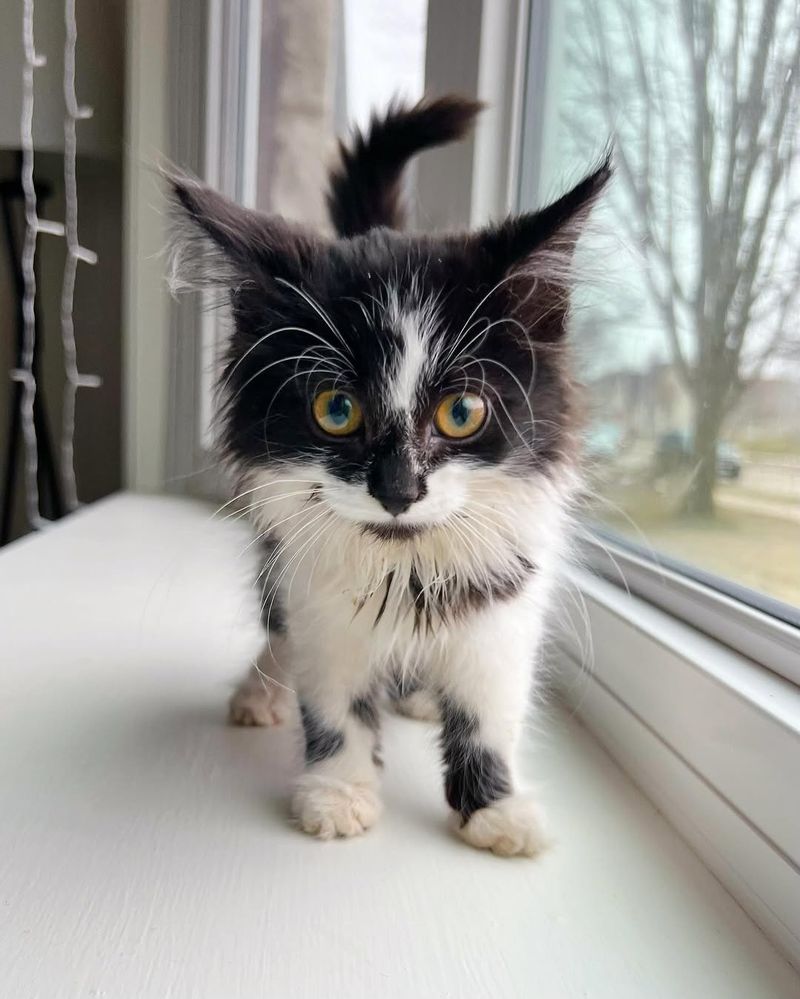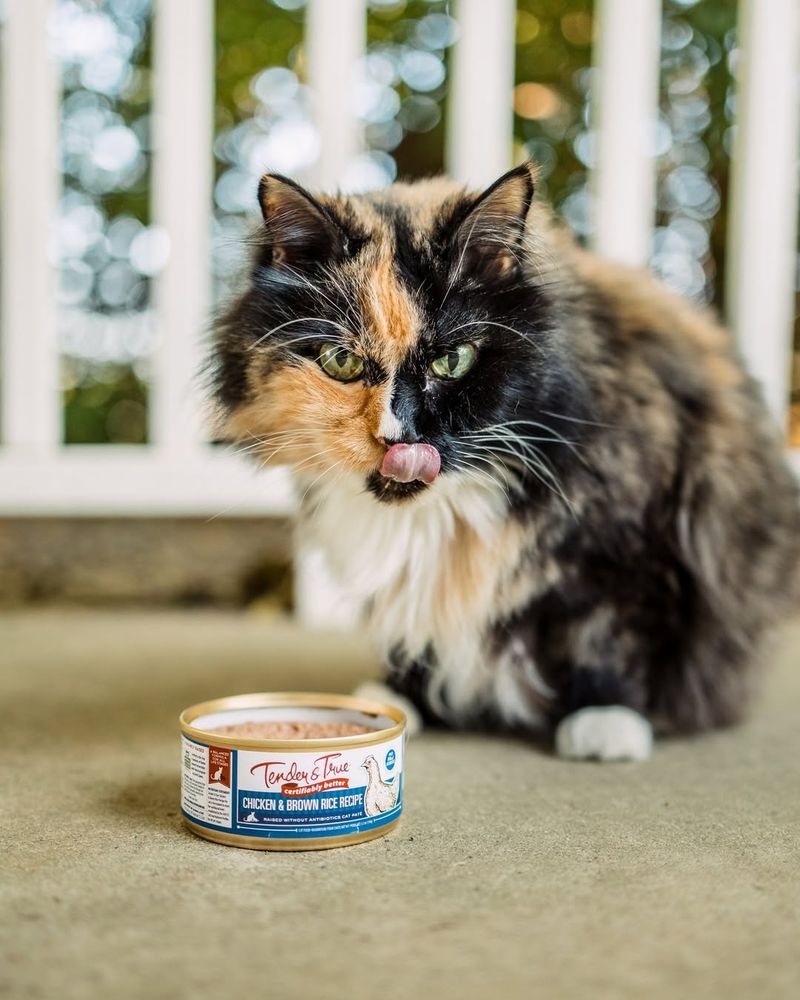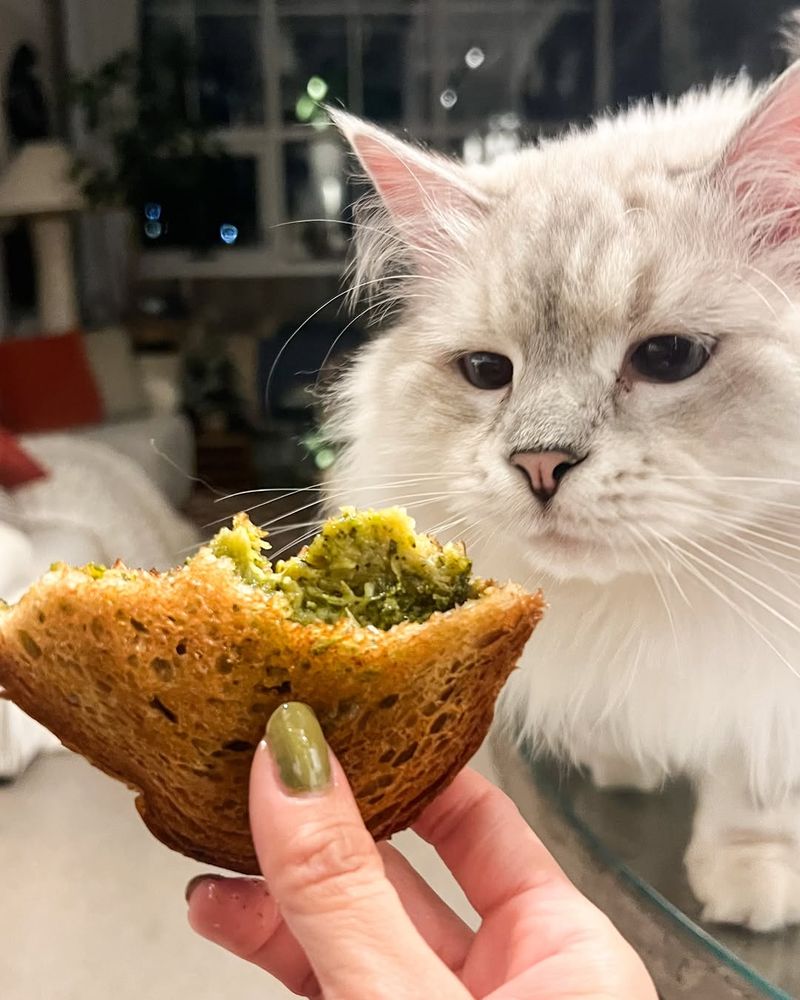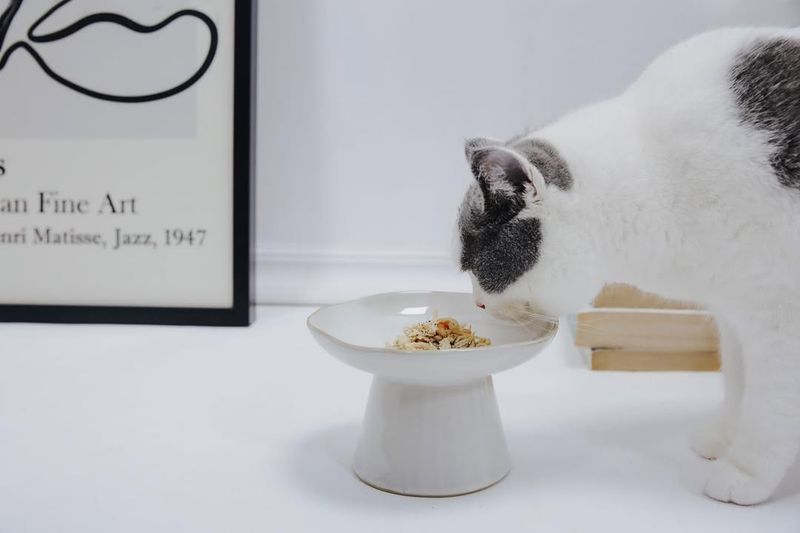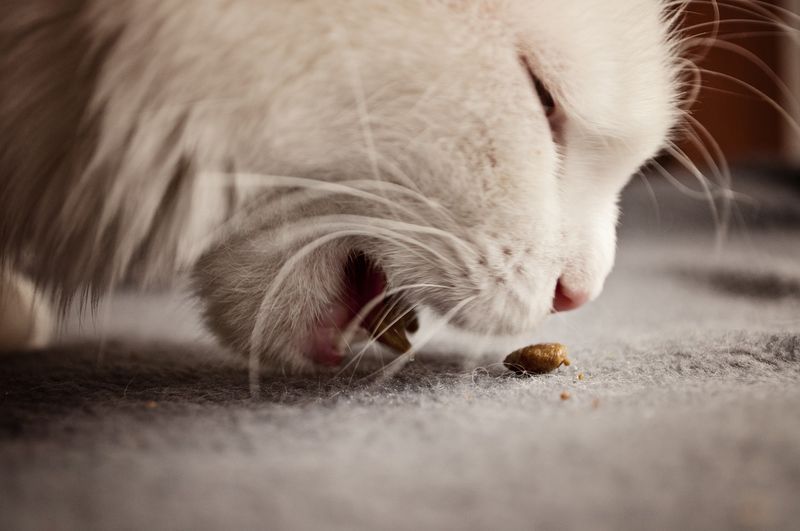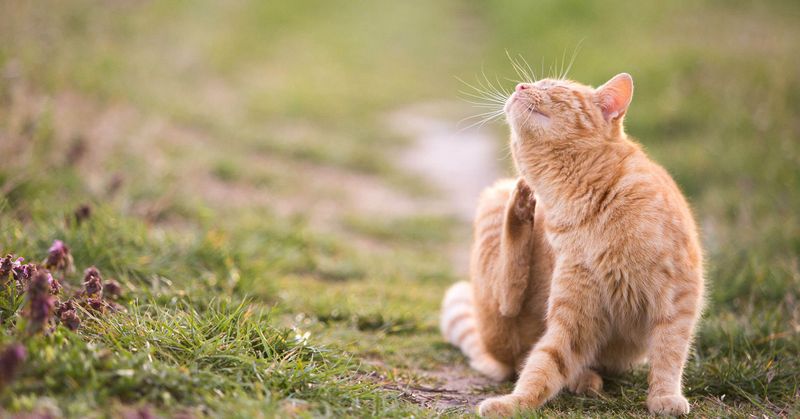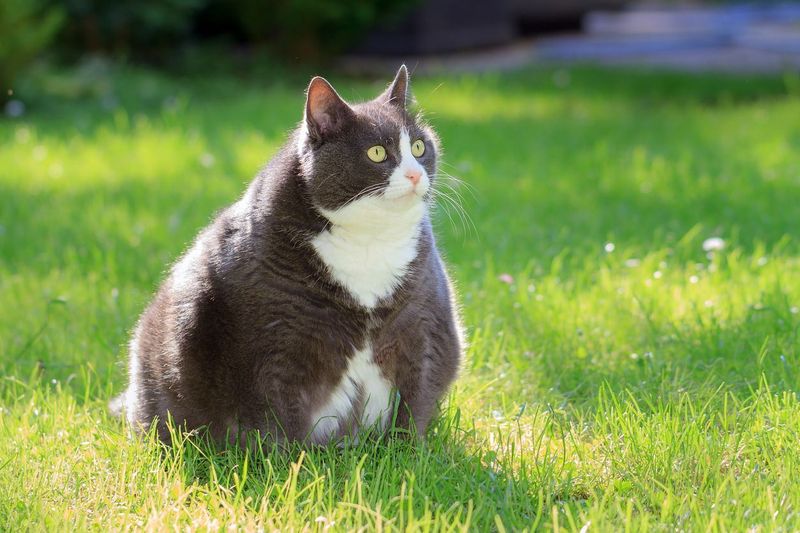📖 Table of Content:
- 1. Inconsistent Feeding Schedule
- 2. Overfeeding Portions
- 3. Ignoring Hydration Needs
- 4. Feeding Only Dry Food
- 5. Too Many Treats
- 6. Not Adjusting for Life Stages
- 7. Lack of Variety
- 8. Overlooking Ingredient Quality
- 9. Feeding Human Food
- 10. Improper Portion Sizes
- 11. Abrupt Food Changes
- 12. Ignoring Special Dietary Needs
- 13. Using Inappropriate Feeding Bowls
- 14. Leaving Food Out Too Long
- 15. Not Monitoring Weight
Feeding your feline friend might seem like a simple task, yet many cat owners unknowingly commit errors that can impact their pet’s overall health. What appears to be an ordinary feeding routine may hide subtle missteps that affect both vitality and happiness. Even a slight oversight in diet management can lead to long-term consequences for your cat.
Being aware of these pitfalls is key to ensuring your pet receives the balanced nutrition needed to thrive. Recognizing common mistakes not only promotes a healthier lifestyle but also prevents future dietary issues. A deeper understanding of feline nutrition can empower you to make better feeding choices that truly benefit your cat.
Each mistake has the potential to compromise your cat’s well-being, making it essential to examine and refine your approach to feeding. By addressing these issues, you can create a more nutritious and enjoyable mealtime experience for your furry companion.
1. Inconsistent Feeding Schedule
Cats, like humans, thrive on routine, and a consistent feeding schedule is crucial for their well-being. Disrupting this routine can lead to digestion issues and even stress-related behaviors. Regular meal times help regulate your cat’s metabolism and maintain a healthy weight. Devise a daily schedule that aligns with your household routine, ensuring meals are spaced evenly. This predictability also strengthens the bond between you and your cat, as they learn to trust that you will meet their basic needs consistently. A consistent schedule can prevent anxiety, often caused by uncertainty around feeding times.
2. Overfeeding Portions
Overfeeding is a common issue among cat owners, often resulting in obesity and related health problems. It’s easy to give in to a cat’s begging, but maintaining portion control is essential for their health. Follow feeding guidelines based on your cat’s weight and activity level, usually provided on cat food packaging. Regular vet check-ups can help ensure your cat maintains a healthy weight. Remember, an overweight cat is more susceptible to diabetes, arthritis, and other conditions. Portion control not only keeps your cat fit but also enhances their quality of life and longevity.
3. Ignoring Hydration Needs
Water is crucial for a cat’s health, yet often overlooked as owners focus on food. Dehydration can lead to serious issues like urinary tract infections or kidney problems. Cats naturally obtain moisture from prey, so if they’re on a dry food diet, extra water is essential. Consider a pet fountain to encourage drinking, as cats prefer fresh, running water. Regularly clean and refill water dishes to prevent bacteria buildup. Ensuring adequate hydration supports overall health, aids digestion, and even improves their coat condition. Hydration is a simple yet vital aspect of feline care.
4. Feeding Only Dry Food
Exclusively feeding dry food may not provide the moisture and balanced nutrition cats require. Cats on dry diets often miss out on essential fluids, leading to health issues like kidney disease. Incorporating wet food into their diet can offer a more balanced nutritional profile and hydration. Wet food can also be more palatable, enticing picky eaters. When choosing cat food, consider a mix that meets the nutritional requirements based on their life stage, weight, and health. Balancing dry and wet food can contribute to a healthier and happier feline friend.
5. Too Many Treats
While treats can be a delightful way to spoil your cat, too many can skew their diet and lead to weight gain. Treats should only make up a small portion of a cat’s daily caloric intake. Opt for healthy, low-calorie treats and use them sparingly. They should be reserved for training or rewarding good behavior. Be mindful of the ingredients, avoiding those with excessive fillers or artificial additives. Keeping treats in check ensures your cat maintains a balanced diet and prevents health issues. Treats are to be enjoyed, not relied on as a dietary staple.
6. Not Adjusting for Life Stages
Cats have different nutritional needs at each life stage, from kitten to senior. Failing to adjust their diet accordingly can lead to deficiencies or excesses in nutrients, impacting their health. Kittens need food rich in protein and calories to support growth, while adults require a balanced diet to maintain health and energy. Senior cats often need fewer calories but more joint-supporting nutrients. Always check the life stage suitability when purchasing cat food and consult with a vet to tailor the diet to your cat’s age and health requirements, ensuring they thrive throughout their life stages.
7. Lack of Variety
Feeding your cat the same food daily might not provide all the nutrients they need. A varied diet can prevent nutritional deficiencies and keeps meal times interesting. Experiment with different flavors and textures to find what your cat enjoys while ensuring they receive a complete range of nutrients. Rotate between high-quality brands that meet AAFCO standards and consider introducing small amounts of fresh, cat-safe foods like cooked meat or fish. Variety not only enhances their health but also prevents them from becoming picky eaters. A diverse menu can lead to a more satisfied and healthier cat.
8. Overlooking Ingredient Quality
Ingredient quality is paramount in cat nutrition. Not all cat foods are created equal, and some may contain fillers, artificial preservatives, or low-quality proteins. Always read labels and prioritize foods with high-quality proteins as the first ingredient. Avoid those with excessive grains or by-products. Investing in high-quality food supports your cat’s overall health, promoting a shiny coat, strong muscles, and vibrant energy levels. Consult with a vet to choose an appropriate diet if unsure. Quality ingredients ensure your cat gets the nutrients they need to thrive and can prevent potential health issues.
9. Feeding Human Food
Sharing human food with your cat might seem harmless but can lead to digestive issues or even toxicity. Many foods we enjoy can be harmful to cats, such as onions, garlic, and chocolate. Even seemingly benign foods like dairy can cause problems, as many cats are lactose intolerant. Instead, stick to a diet formulated for feline needs. If you wish to offer a special treat, opt for cat-safe alternatives available in pet stores. Keeping human food out of your cat’s diet ensures their digestive health and prevents accidental poisoning, safeguarding their well-being.
10. Improper Portion Sizes
Accurate portion sizes are crucial for maintaining your cat’s health. Many owners rely on guesswork, which can lead to overfeeding or underfeeding. Measuring your cat’s food using a scale or measuring cup ensures they receive the right amount of nutrition. Portion sizes vary based on age, weight, and activity level, so regularly reviewing feeding guidelines is essential. Consult your vet to tailor portions to your cat’s specific needs. By providing the correct portion sizes, you help maintain their ideal weight and prevent diet-related health issues, ensuring they lead a healthy and active life.
11. Abrupt Food Changes
Switching your cat’s food suddenly can upset their digestive system, leading to vomiting or diarrhea. Gradual transitions are key to introducing new foods, allowing your cat’s digestive tract to adjust. Mix increasing amounts of the new food with the old over a week or more, observing for any adverse reactions. This method ensures your cat adapts comfortably to dietary changes. It is especially important when switching between different types of food or brands. A smooth transition helps maintain digestive health and makes the process stress-free for both you and your cat.
12. Ignoring Special Dietary Needs
Cats, like humans, can have allergies or specific health conditions requiring special diets. Ignoring these needs can exacerbate health issues. If your cat has been diagnosed with a condition like diabetes, renal problems, or allergies, it’s crucial to follow a vet-recommended diet plan. Specialized foods can manage symptoms and improve quality of life. Regular vet consultations ensure your cat’s diet remains appropriate as their condition evolves. By prioritizing their unique dietary needs, you help them live a healthier, more comfortable life, preventing complications associated with unmanaged dietary requirements.
13. Using Inappropriate Feeding Bowls
The material and design of feeding bowls can affect your cat’s eating experience. Plastic bowls may harbor bacteria and absorb odors, potentially causing skin irritations. Opt for stainless steel or ceramic bowls, which are easier to clean and more hygienic. The bowl’s design also matters; shallow, wide bowls can prevent whisker fatigue, a common issue where cats find deep or narrow bowls uncomfortable. Regularly wash bowls to maintain cleanliness. Investing in the right feeding bowl not only enhances their eating experience but also supports their health by preventing bacterial buildup and associated health risks.
14. Leaving Food Out Too Long
Leaving cat food out for extended periods can lead to spoilage, attracting pests and causing health issues. Wet food, in particular, should not be left out for more than a few hours. Dry food can stay out longer but should still be replaced daily to ensure freshness. Spoiled food can cause digestive problems or deter your cat from eating. Implement a feeding routine where food is offered at specific times, allowing you to monitor your cat’s intake and ensure they receive fresh meals. This practice supports their health and keeps your home pest-free.
15. Not Monitoring Weight
Regularly monitoring your cat’s weight is vital for detecting dietary or health issues early. Weight changes can indicate underlying problems such as thyroid issues or diabetes. Use a digital scale to track their weight and notice trends over time. Maintaining a healthy weight through proper diet and exercise is key to preventing obesity-related conditions. Regular vet visits can provide additional insights into your cat’s health, ensuring any concerns are promptly addressed. By keeping a close eye on their weight, you can make informed decisions about their diet and lifestyle, promoting long-term well-being.
